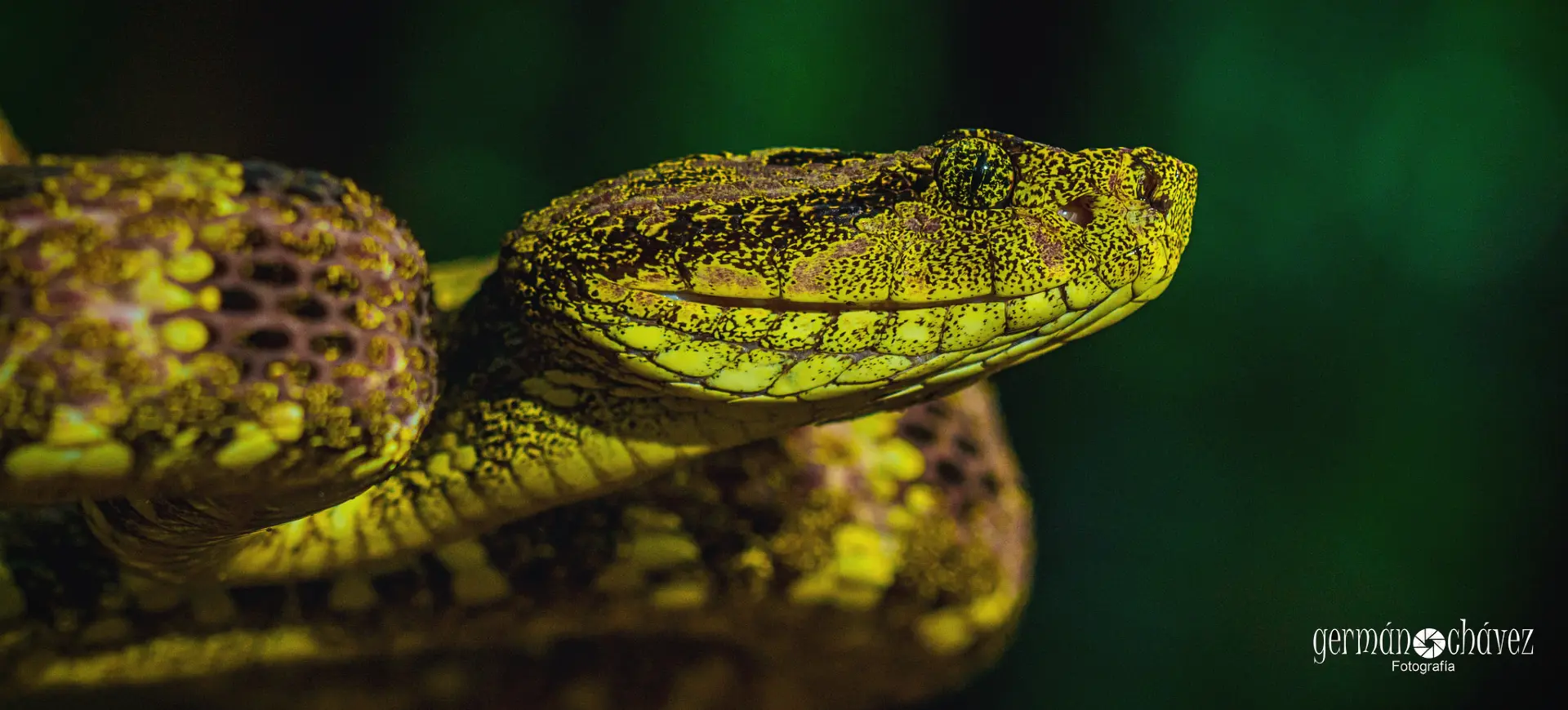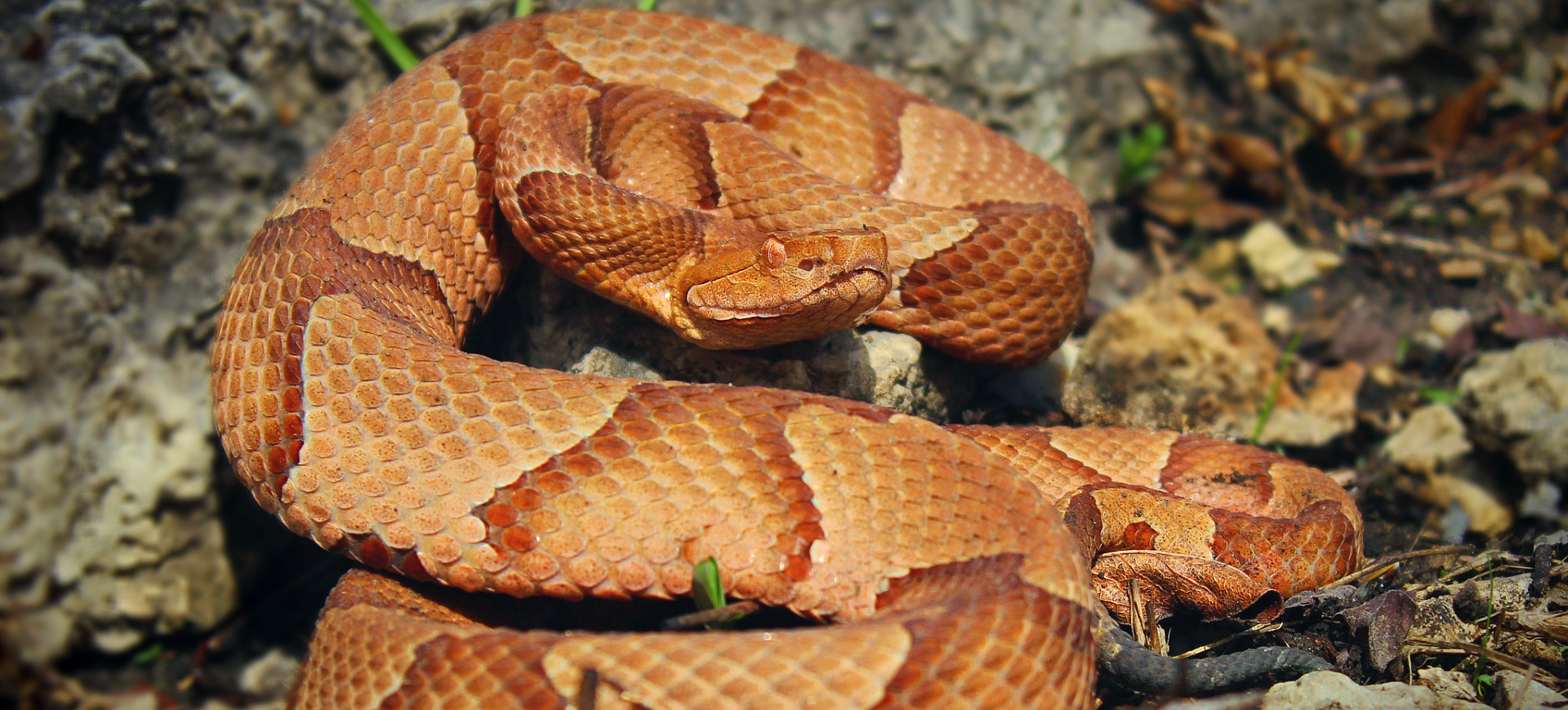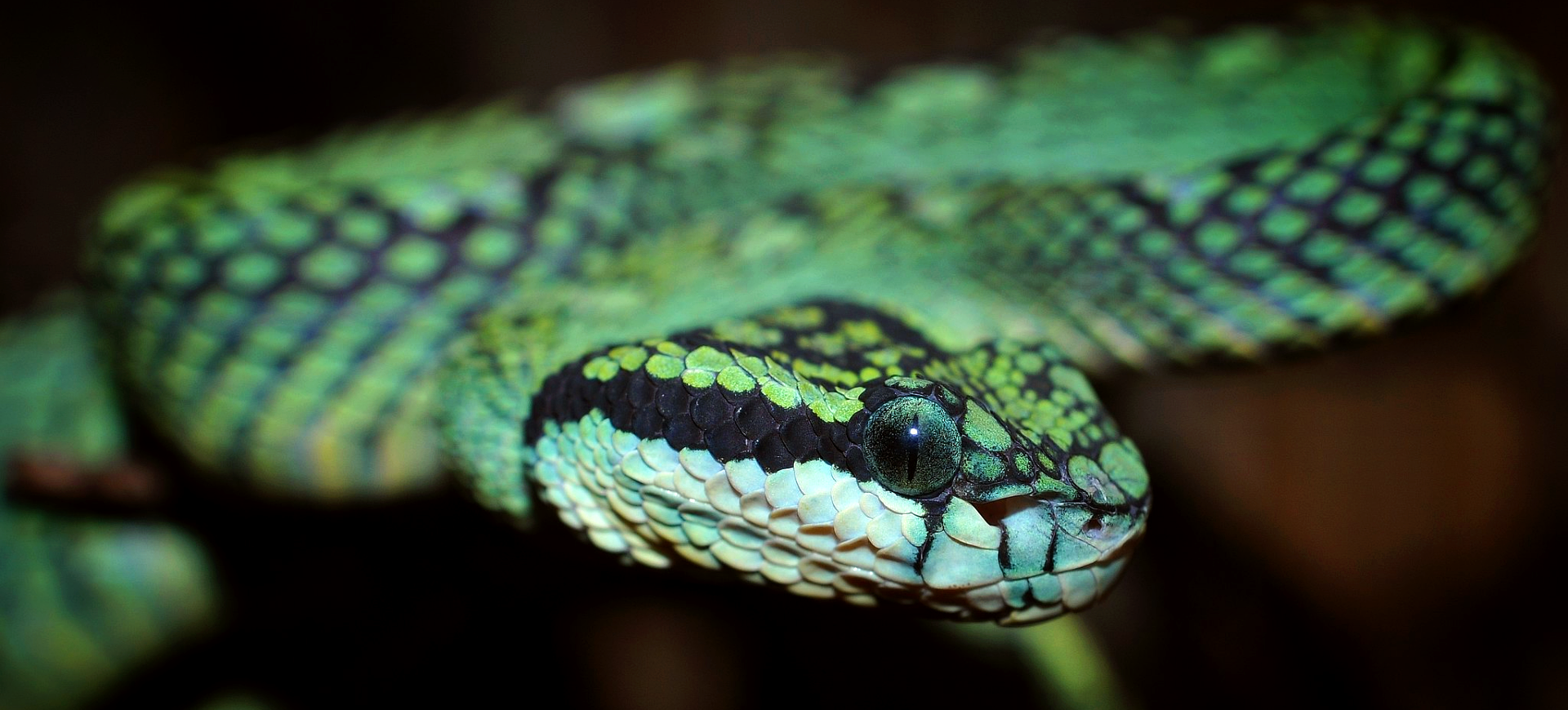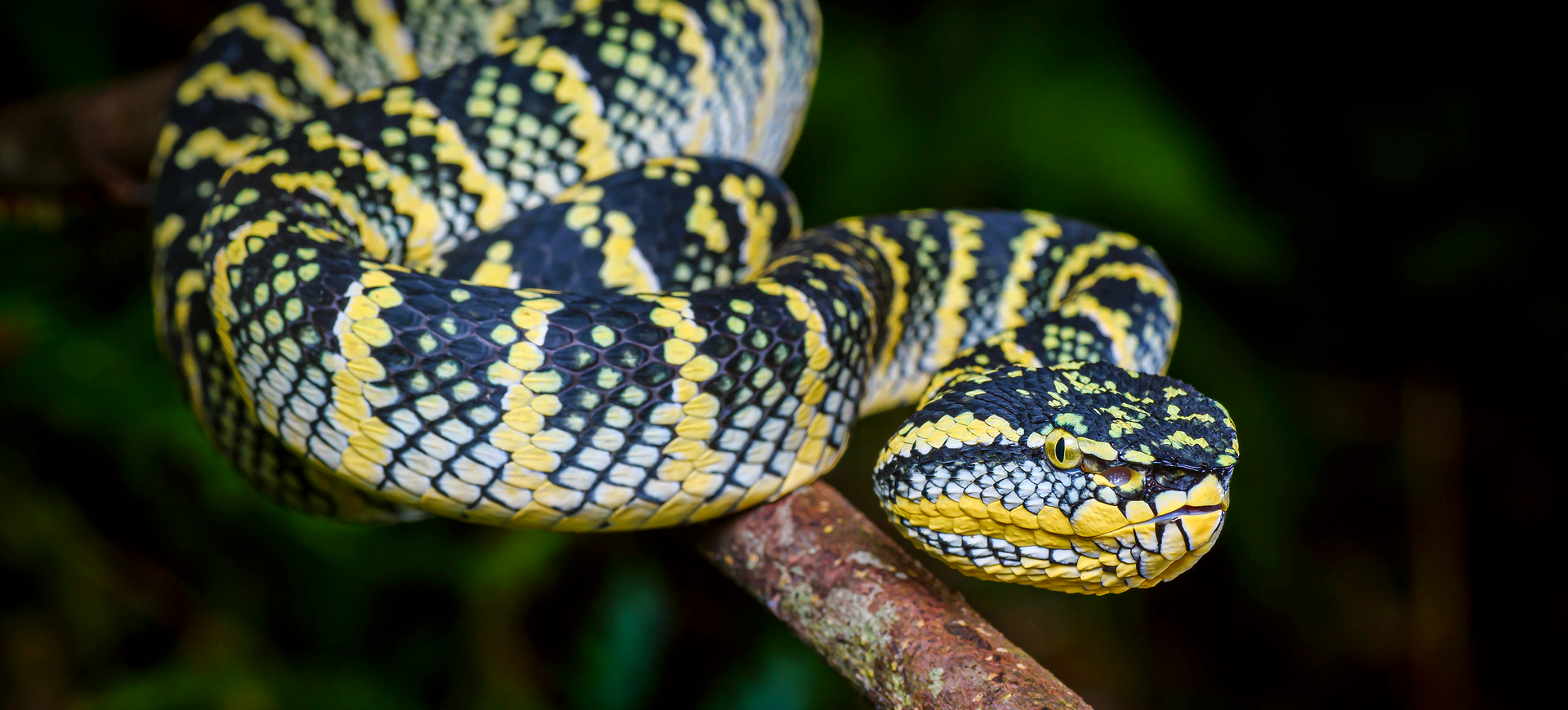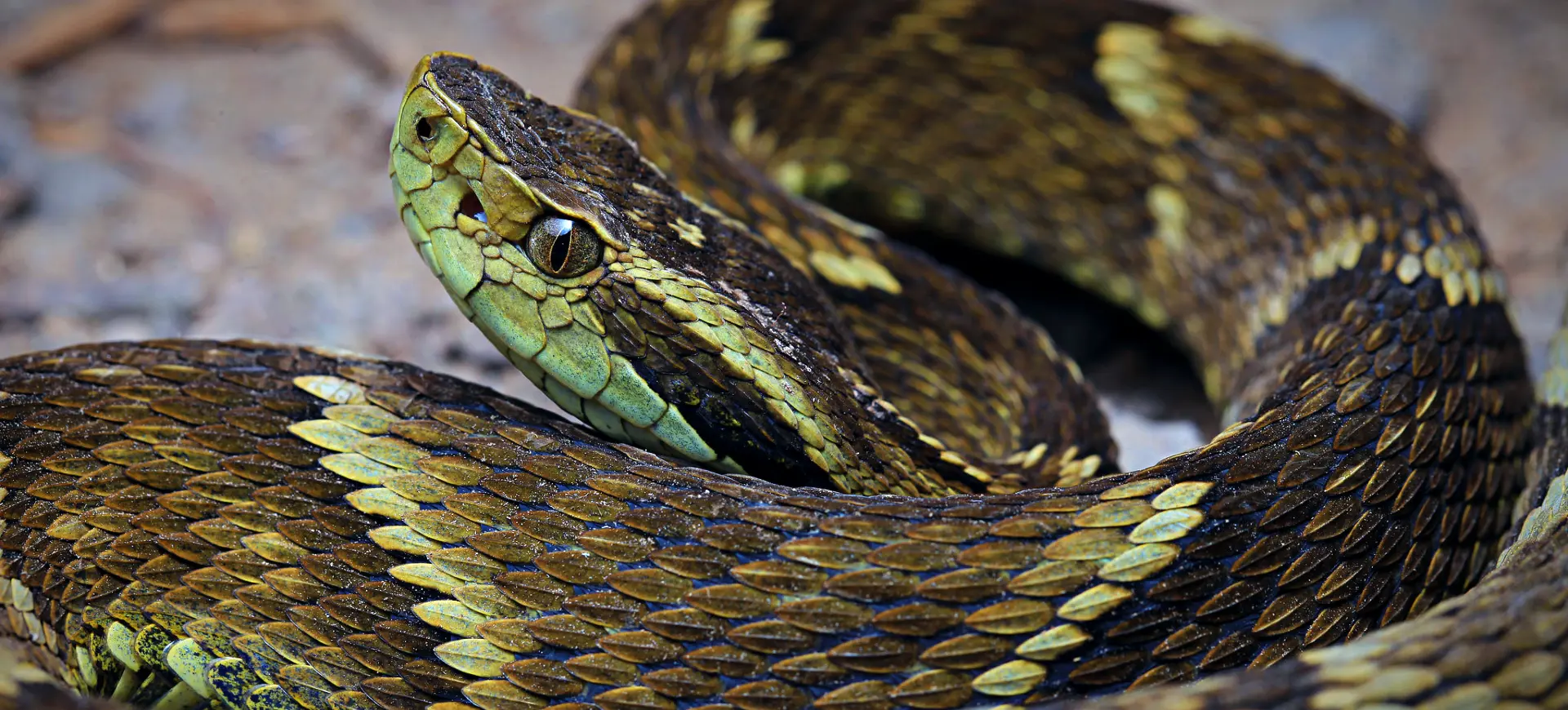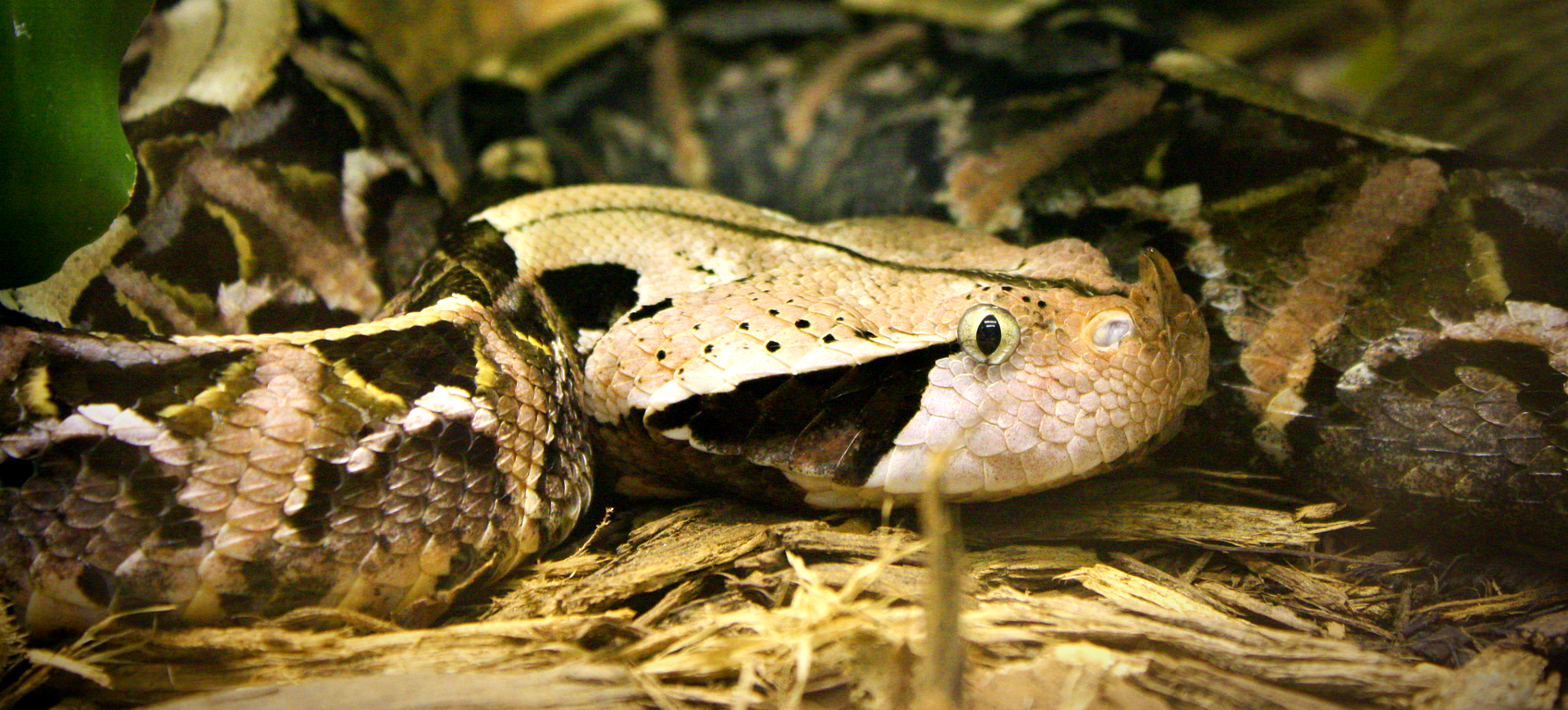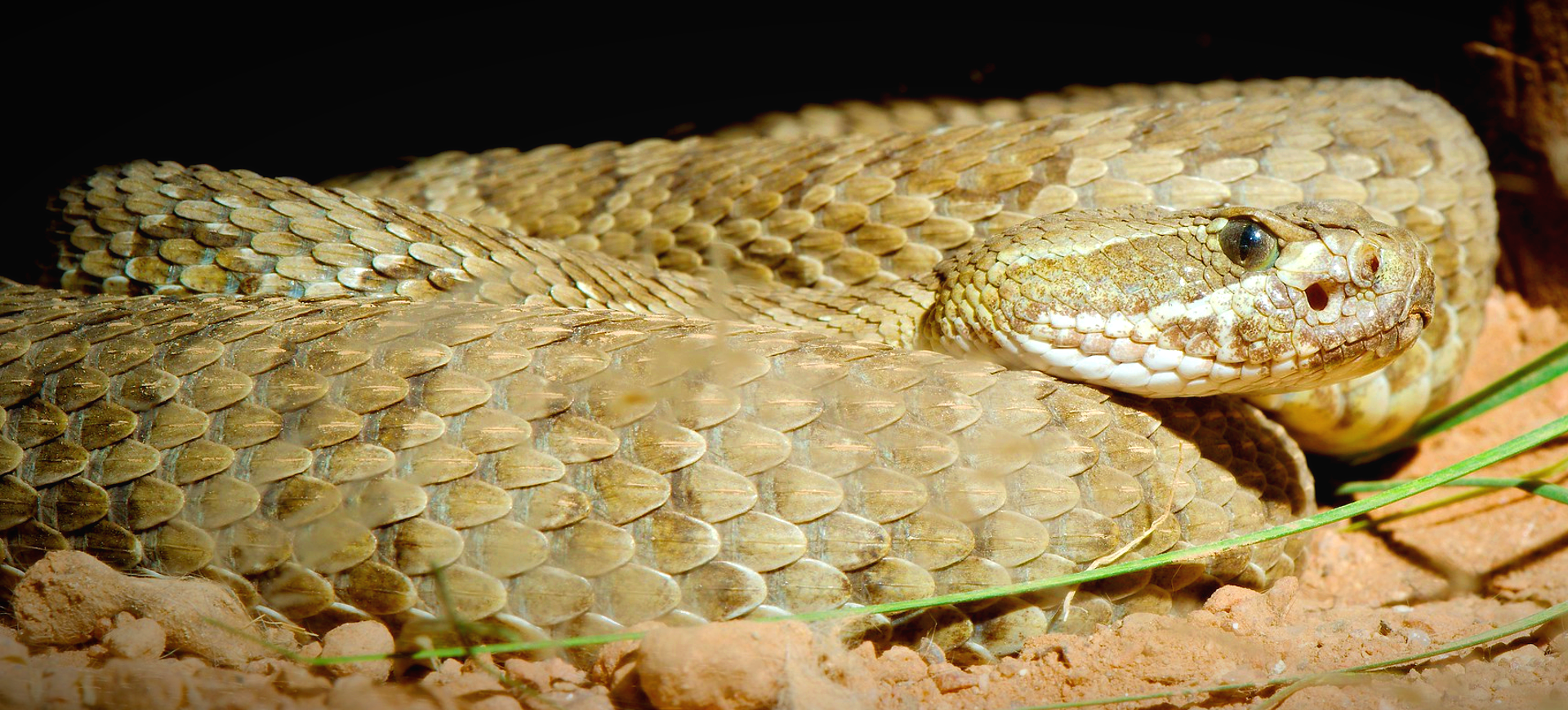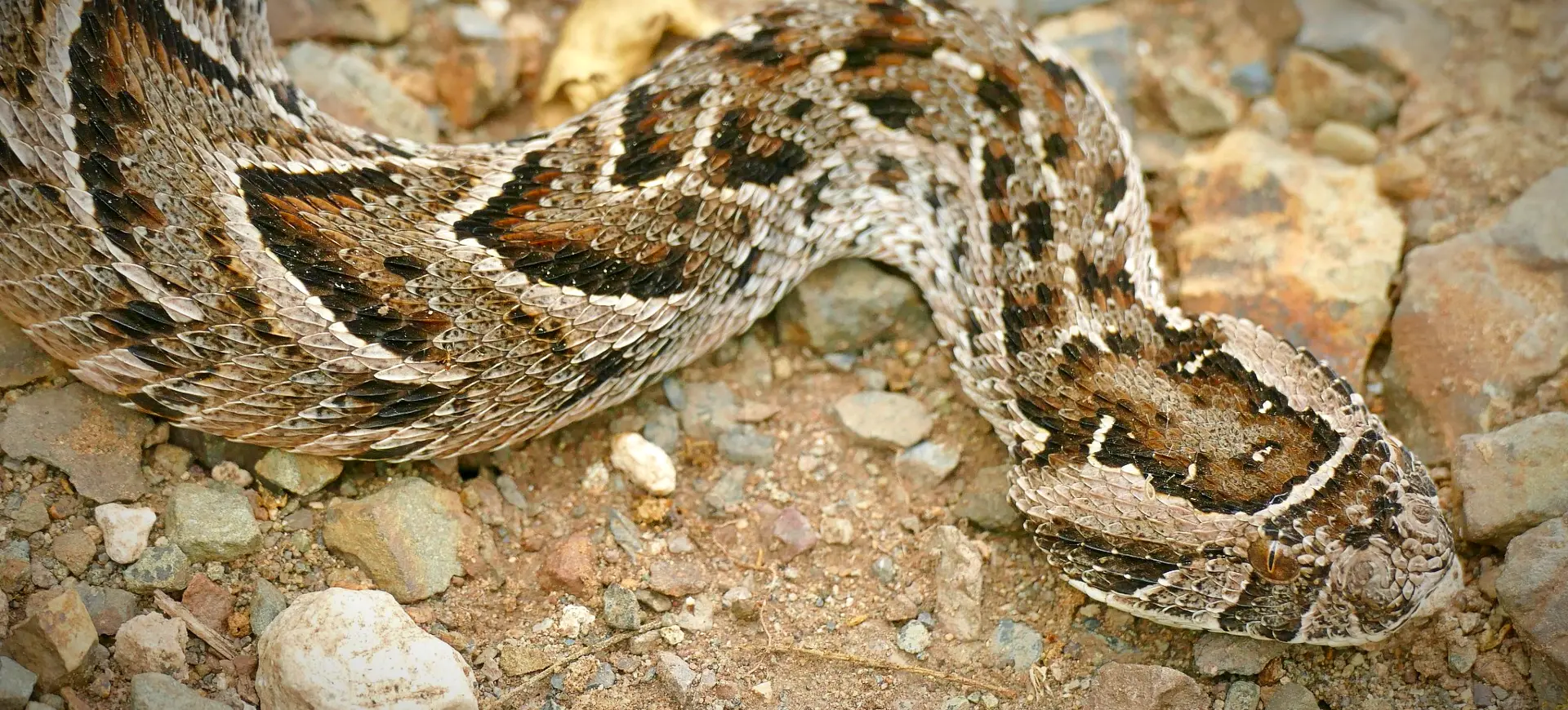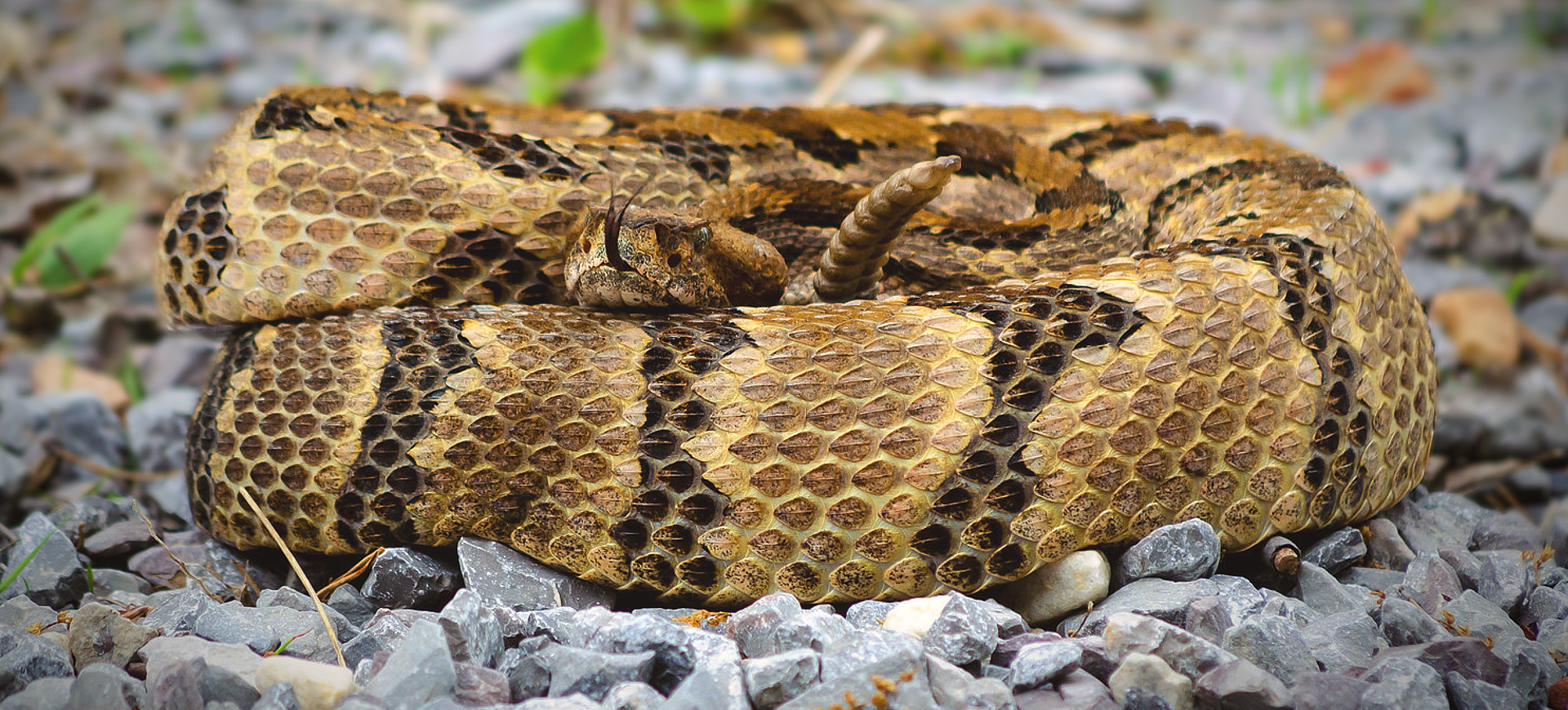Overview
The Western Diamondback Rattlesnake is a venomous snake species native to the southwestern United States and northern Mexico. It is one of the most well-known rattlesnakes and is easily identified by its diamond-shaped dorsal markings, thick body, and the rattle at the end of its tail. The rattle is a warning mechanism to deter predators and is made of interlocking keratin segments.
This snake species is highly adaptable and can be found in various habitats, including deserts, grasslands, and forests. It is primarily nocturnal, especially in hot climates, to avoid the extreme temperatures of the day. The Western Diamondback Rattlesnake is an ambush predator, waiting for prey to come within striking distance.
The Western Diamondback Rattlesnake is crucial in controlling rodent populations in its native habitats. It is also a significant species in Native American folklore and is often featured in the symbolism and myths of indigenous cultures. Despite its fearsome reputation, it avoids human interaction and usually only strikes when threatened.
Physical Description:
The Western Diamondback Rattlesnake has a robust, thick body covered with keeled scales. The dorsal side features a pattern of dark diamond-shaped markings bordered by lighter scales, which provides excellent camouflage in its natural habitat. The snake’s head is triangular and has vertical pupils, characteristic of many venomous snakes.
Adult Western Diamondback Rattlesnakes typically weigh between 3.5 to 4.5 lbs. They can grow up to 7 feet long, although the average length is around 4 to 5 feet. The snake does not have a height or wingspan, being a ground-dwelling species.

Lifespan: Wild: ~15 years || Captivity: ~25 years

Weight: Male & Female: 3.5–4.5 lbs (1.6–2 kg)

Length: Male & Female: 48–60 inches (122–152 cm)

Top Speed: 2-3 mph (3.2-4.8 km/h)
Native Habitat:
The Western Diamondback Rattlesnake is native to the southwestern United States and northern Mexico. It is highly adaptable and can be found in various habitats, including deserts, grasslands, and scrublands. The snake prefers areas with loose soil for burrowing and rocks or vegetation for cover.
It is primarily a ground-dwelling species but can occasionally be found in trees or bushes. The snake is well-adapted to arid conditions and can go for long periods without water, obtaining moisture from its prey. It is most active during the evening and early morning, especially in hot climates, to avoid extreme temperatures.
Climate Zones:
Biomes:
Biogeographical Realms:
Continents:
Countries:
Diet:
Diet & Feeding Habits:
The Western Diamondback Rattlesnake is a carnivorous predator that primarily feeds on small mammals like rodents, birds, and lizards. It uses its venom to immobilize prey quickly. The snake has heat-sensitive pits near its nostrils that help it detect warm-blooded animals, even in complete darkness.
The snake is an ambush predator, often lying in wait near rodent trails or burrows. It strikes quickly once it senses a potential meal, injecting venom through its fangs. After the prey is immobilized, the snake swallows it head first. The digestive process is slow, allowing the snake to go for extended periods without eating.
Mating Behavior:
Mating Description:
The Western Diamondback Rattlesnake has a polygynous mating system. During the mating season, males engage in combat to establish dominance and secure mating rights. The combat involves intertwining their bodies and attempting to pin each other to the ground. The winner gains the opportunity to mate with available females.
Females give birth to live young after a gestation period of approximately six months. The young are born fully developed, with functioning fangs and venom. They are usually born in litters ranging from 4 to 25. After birth, the young are left to fend for themselves without parental care.
Reproduction Season:
Birth Type:
Pregnancy Duration:
Female Name:
Male Name:
Baby Name:
Social Structure Description:
The Western Diamondback Rattlesnake is generally a solitary animal, especially outside of the mating season. It does not form social hierarchies or complex social structures. During the mating season, males may engage in combat to establish dominance, but these interactions are temporary and do not form lasting social bonds.
The snake is territorial and will defend its chosen area from other snakes. It uses chemical cues and its rattle to communicate and warn off potential threats. While it does not engage in cooperative behaviors, the snake’s social structure allows for efficient resource use and helps minimize conflicts over territory.
Groups:
Conservation Status:
Population Trend:
The Western Diamondback Rattlesnake is currently listed as “Least Concern” by the IUCN due to its wide distribution and stable population. It is among the most common rattlesnakes in the southwestern United States and northern Mexico. The snake is relatively abundant in areas with low human activity and protected reserves.
Despite its stable status, the species faces habitat loss and fragmentation threats, primarily due to agricultural expansion and urban development. Road mortality and intentional killings also pose threats. However, the snake’s adaptability and wide range have contributed to its resilience against various environmental pressures.
Population Threats:
The primary threats to the Western Diamondback Rattlesnake are habitat loss and fragmentation due to agricultural expansion and urban development. The snake is also often killed intentionally due to fear and misunderstanding, despite its general avoidance of human interaction. Road mortality is another significant threat, especially in areas with high traffic.
Climate change poses an additional threat, as it could alter the snake’s native habitats and affect its prey availability. Changes in temperature and precipitation patterns could lead to shifts in the snake’s range and behavior. However, its adaptability provides some resilience against these threats.
Conservation Efforts:
Conservation efforts for the Western Diamondback Rattlesnake primarily focus on habitat preservation and public education. Several national parks and reserves within its range provide safe habitats where the species can thrive. Anti-poaching measures, including increased surveillance and stricter law enforcement, are also in place to protect the snake.
Community-based conservation initiatives aim to involve local communities in protecting the species. These programs focus on education and awareness-raising to reduce intentional killings and promote coexistence. Research is ongoing to better understand the snake’s ecology and behavior, which will inform future conservation strategies.
Additional Resources:
Fun Facts
- The Western Diamondback Rattlesnake can strike at a distance of up to two-thirds of its body length.
- It is one of the most venomous snakes in North America.
- The snake’s rattle is made of interlocking segments of keratin.
- They can go for weeks without eating after a large meal.
- The snake’s venom contains a complex mix of enzymes and proteins.
- Western Diamondback Rattlesnakes can swim and are sometimes found near water.
- They are known to hibernate in communal dens during the winter.
- The snake’s heat-sensitive pits can detect temperature changes as small as 0.003 degrees Celsius.
- They are known to eat other snakes, including other rattlesnakes.
- The Western Diamondback Rattlesnake sheds its skin multiple times a year, each time adding a new segment to its rattle.







